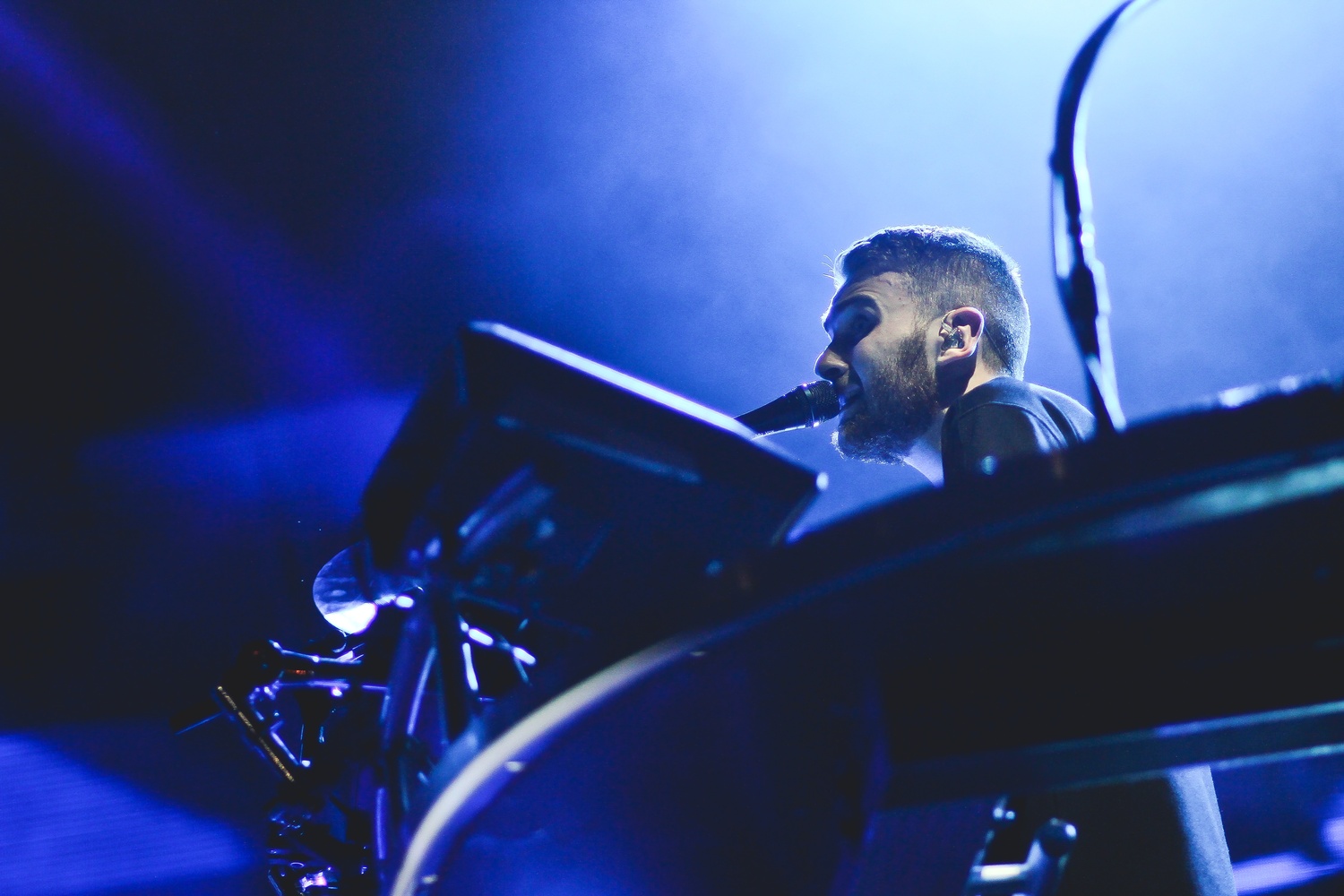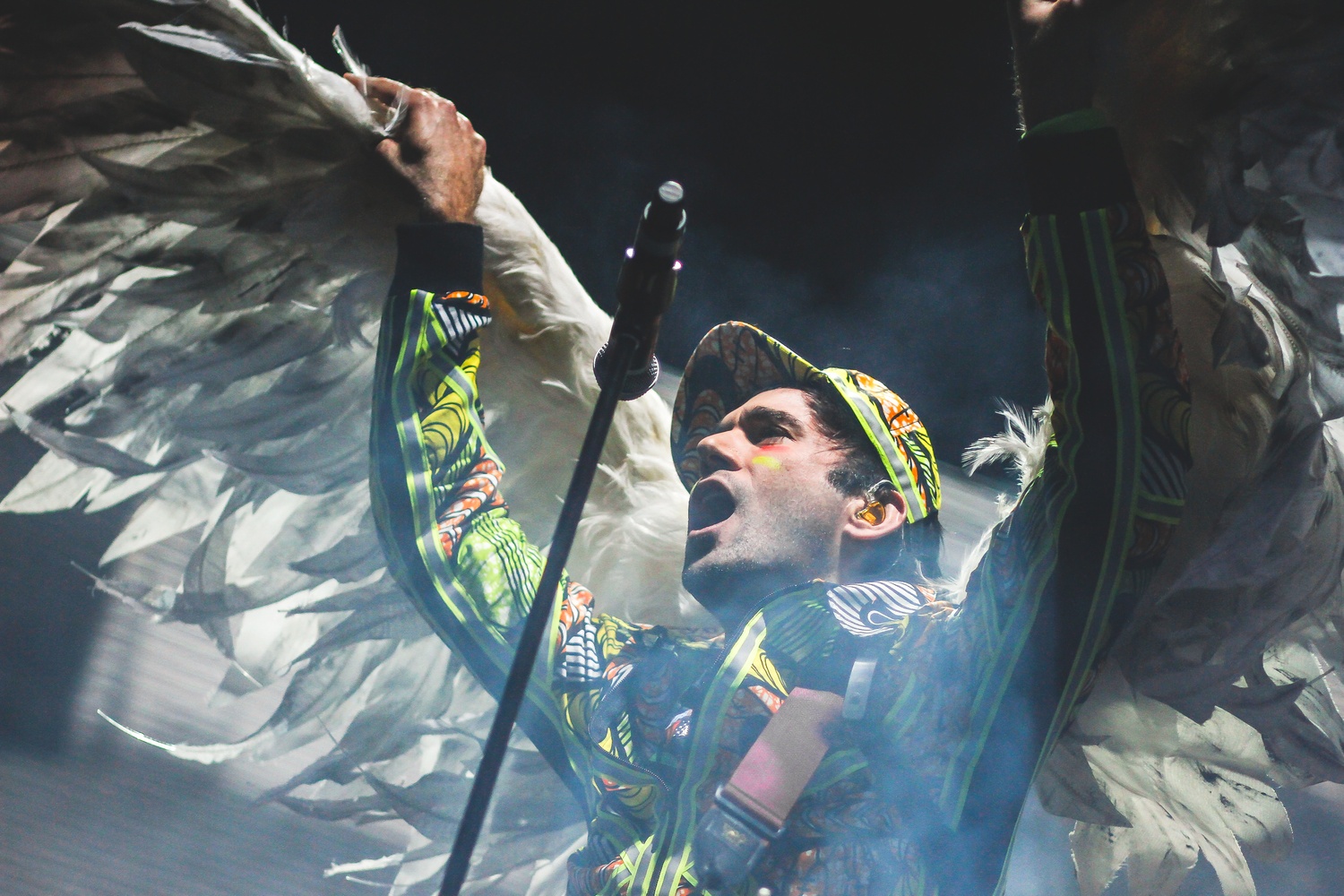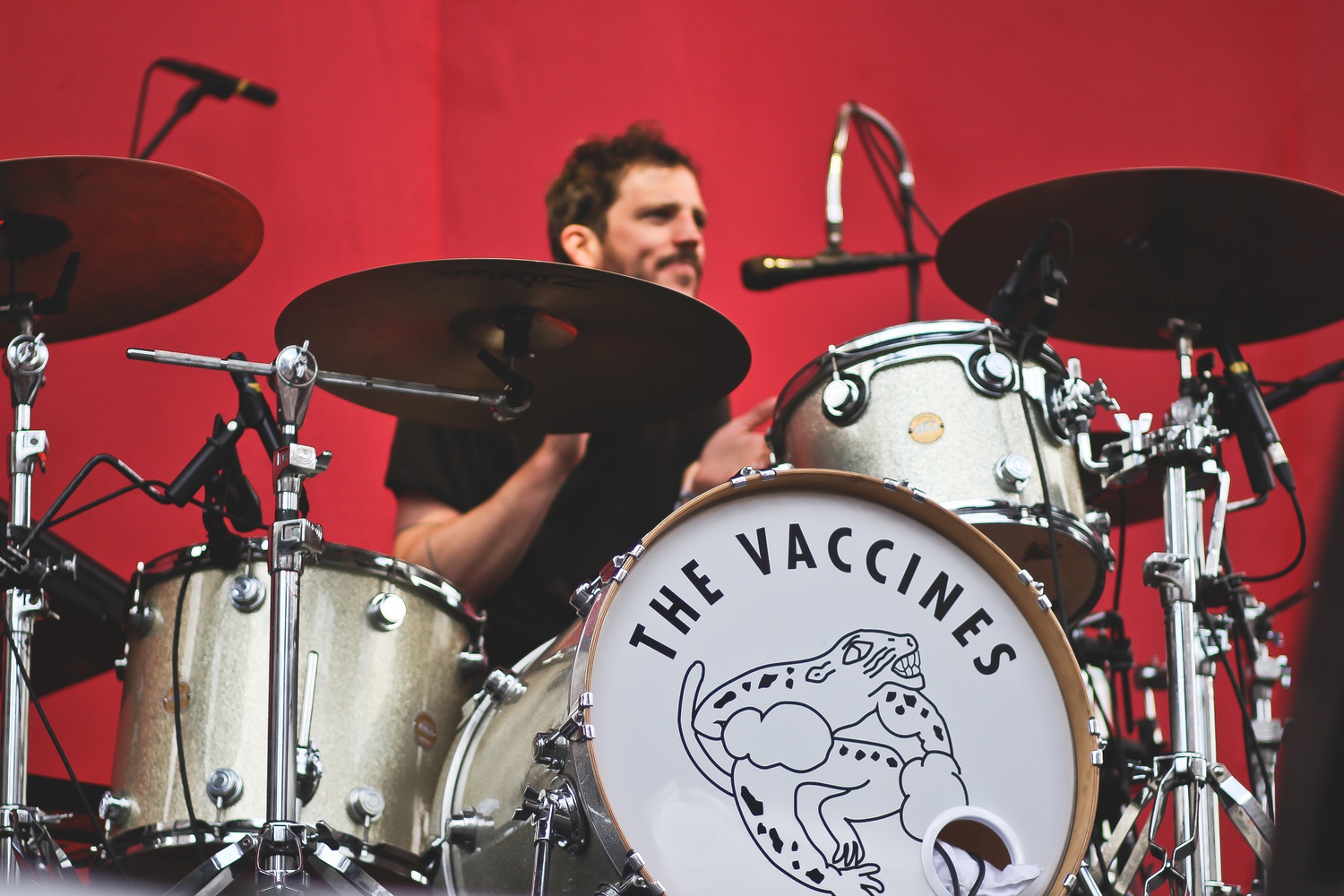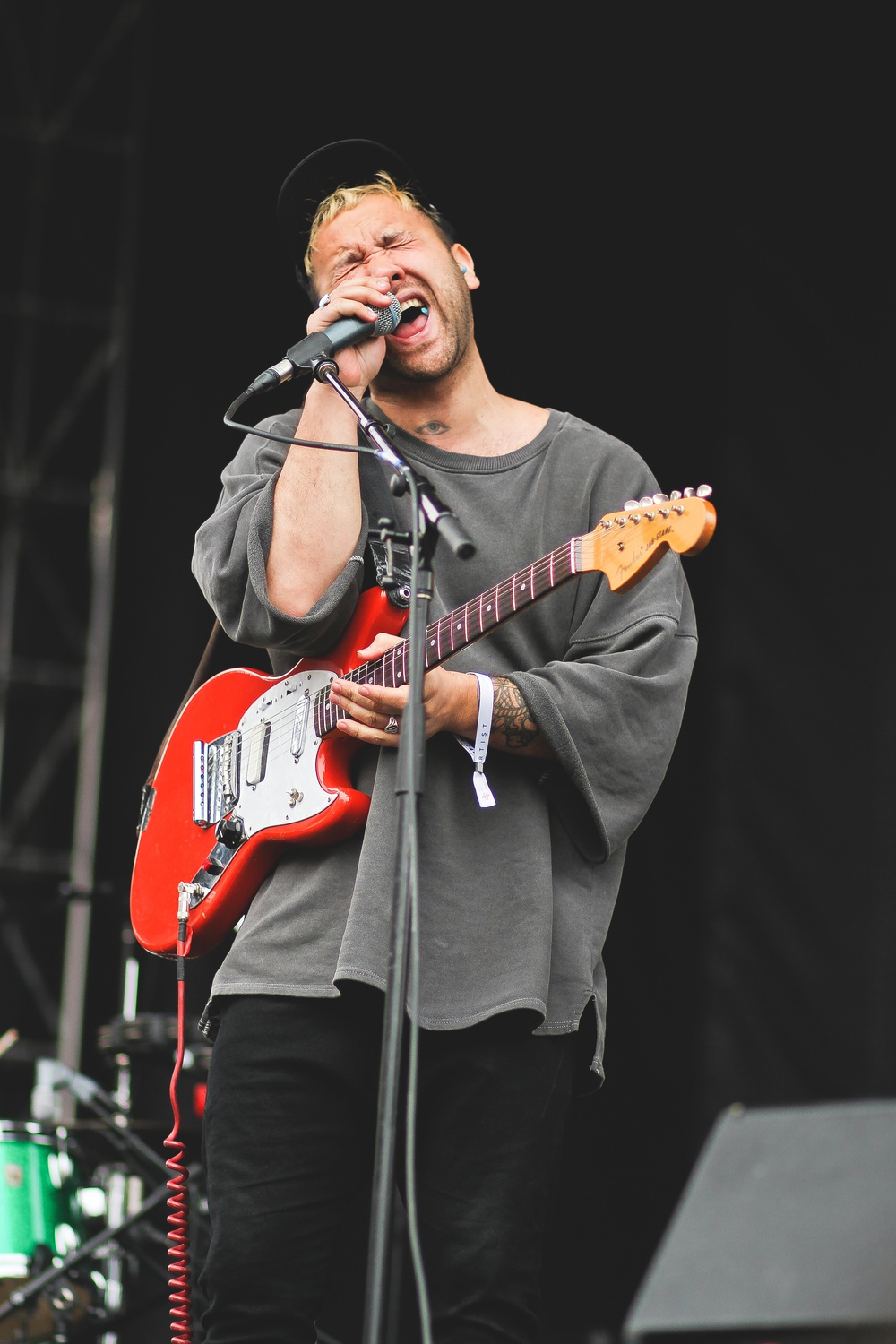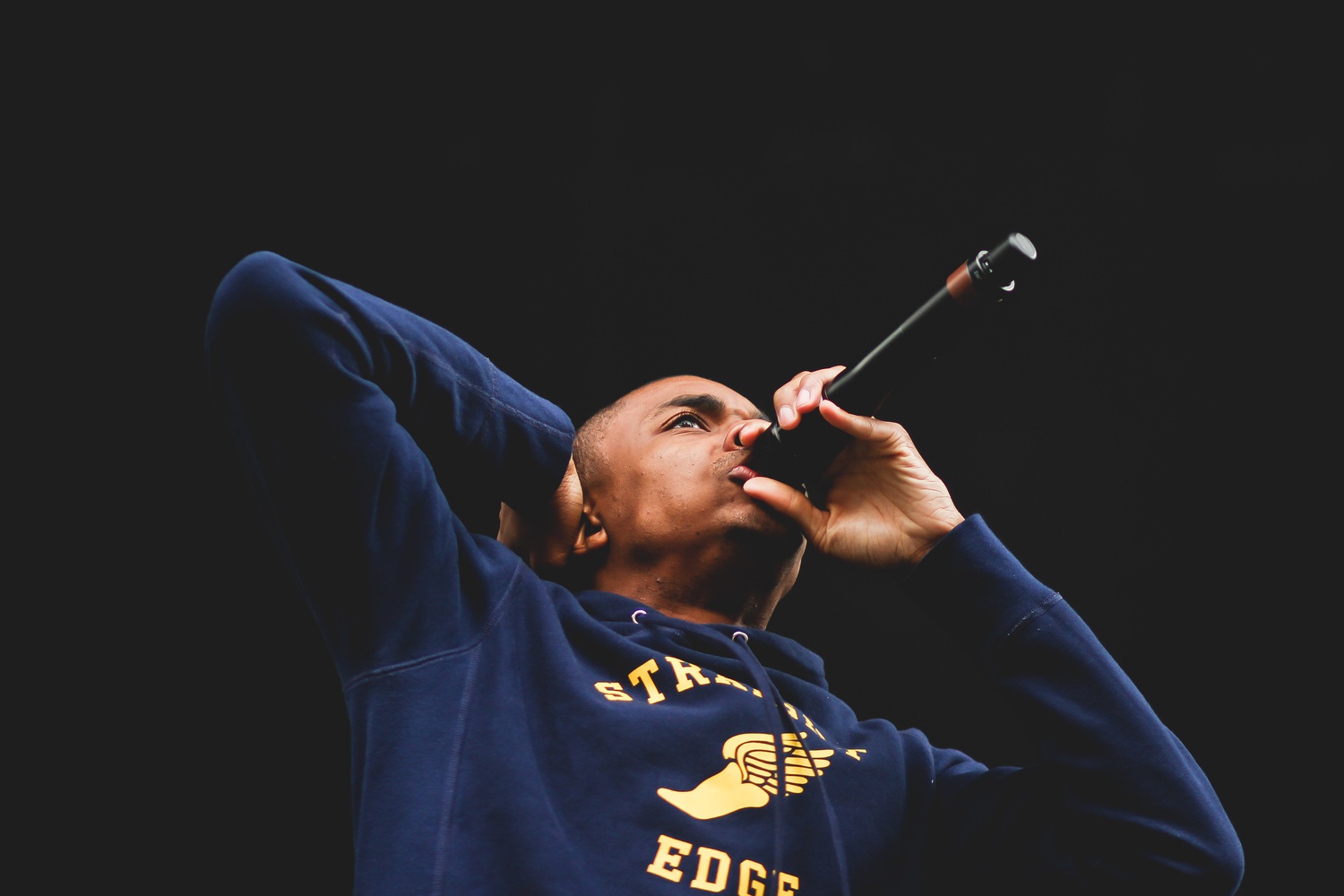
News
Summers Will Not Finish Semester of Teaching as Harvard Investigates Epstein Ties

News
Harvard College Students Report Favoring Divestment from Israel in HUA Survey

News
‘He Should Resign’: Harvard Undergrads Take Hard Line Against Summers Over Epstein Scandal

News
Harvard To Launch New Investigation Into Epstein’s Ties to Summers, Other University Affiliates

News
Harvard Students To Vote on Divestment From Israel in Inaugural HUA Election Survey
Boston Calling 2016: Friday and Saturday
Boston Calling 2016 constituted the end of an era. In May of 2017, when the festival next occurs, it will take place not at City Hall Plaza but at Harvard’s athletic complex in Allston. As Harvard’s stadium seats over 30,000 people, this relocation may allow the festival to attract bigger artists than it ever has before, and it could signal an attempt to reach the scale of more famous festivals. The festival is also looking to expand the diversity of its programming: It featured comedy alongside music for the first time this year, and in 2017 will add a film festival curated by Natalie Portman and a visual art show.
But the move to Allston is bittersweet. The City Hall location has given Boston Calling a unique character, given how well the site is integrated with the city. This year, as in previous years, the Brutalist architecture of City Hall provided an intriguingly textured backdrop for light shows that expanded the performance space far beyond the stage. It is unclear whether the festival will be able to carry this tight association between performance and setting to Allston.
And it's not only the location that is changing. A number of artists this year deviated from the more conventional sorts of performances that Boston Calling has previously hosted. Sia stood completely still onstage and played pre-recorded videos on the stage-side screens; Robyn performed remixes of her hits; Sufjan Stevens used outrageous set pieces and costumes. These performances succeeded to varying degrees. Stevens staged a hilarious, engaging romp; on the other hand, Sia completely lacked any stage presence. It’s certainly not in and of itself a bad thing to afford artists more creative liberty in their performances, and perhaps future instantiations of Boston Calling will provide further evidence of the advantages of such a strategy, but Sia’s performance evidences its considerable risks.
Historically, Boston Calling has focused on crafting a lineup of indie-oriented artists known for their stage presences and the quality of their live performances—like Courtney Barnett this weekend, or the Avett Brothers last September. The choice of bigger names like Sia and Robyn as Friday and Saturday headliners, respectively, seems to indicate a deviation from this precedent. Given that the festival is expanding next year, perhaps the pop and indie sides of Boston Calling will successfully coexist. At the very least, the festival is clearly at a crucial juncture in its growth, and next May should show the sort of event it will ultimately become.
Check out Grace's review of Sia's set here.
Check out Grace's review of Sufjan Stevens's set here.
Check out Grace's review of Robyn's set here.
Check out Grace's review of various acts on Saturday here.
—Staff writer Grace E. Huckins can be reached at grace.huckins@thecrimson.com.
Want to keep up with breaking news? Subscribe to our email newsletter.








